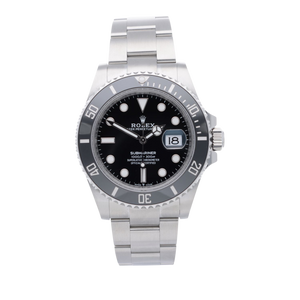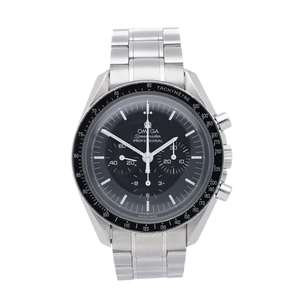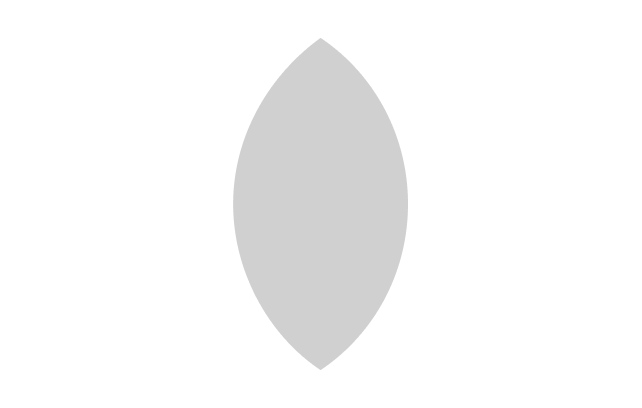What is a complication?
The term "complication" comes from Latin and means something like "making more difficult" or "complicating." A complication is a complex additional mechanical function in a mechanical watch movement. Even just one additional function makes a watch considerably more complicated, as the number of individual parts can quickly rise from 60 to over 300. Watches with complications go beyond the usual display of hours, minutes, and seconds and thus have greater functional value than other timepieces. While complications are usually undesirable in everyday life, such a complication is the highlight of a watch and always offers the wearer a certain added value that is fascinating.
Classification and discrepancies
A distinction is made between minor and major complications. Minor complications include, for example, date displays, day of the week displays, moon phase displays, power reserve indicators, rotating bezels, and the display of a second time zone. Major complications, on the other hand, include tourbillons, minute and hour repeaters, annual calendars, and perpetual calendars. World time watches, wrist alarms, equations of time, and watches with striking mechanisms are also considered major complications. Whether a tourbillon is truly a complication is controversial. The tourbillon (French for "whirlwind") is a device designed to counteract the influence of gravity on the accuracy of the watch. However, a watch worn on the wrist is always subject to different movements, so the tourbillon often offers no advantage. For this reason, some experts do not consider it a true watch complication.
Are chronographs complications?
Chronographs are often considered major complications because they are just as difficult to implement as a perpetual calendar. However, they are integrated more frequently and are less expensive. The flyback, rattrapante, and foudroyante chronograph functions are also included. With a rattrapante, or "split-seconds chronograph," intermediate times are measured by dragging a second stop-second hand along during the timekeeping process. This second hand can be detached and reset to the main seconds hand. The foudroyant, on the other hand, is an exotic complication in mechanical watches, also known as a "flashing second." In this case, a hand rotates on its own axis once per second. The complication is extremely complex, so only a few watches are equipped with it.
Convenient additional benefits thanks to these visionaries
Simpler complications such as the date display or the display of a second time zone are particularly helpful in everyday life. Rolex plays a key role in these areas, as the company has repeatedly introduced advantageous additional functions to the world of watches and has continued to develop them further. But other long-established manufacturers such as A. Lange & Söhne , Breitling and IWC Schaffhausen have also made their contribution. Timepieces with several of these complex complications are referred to as "Grande Complications". For many watch fans, such an exclusive masterpiece is the ultimate in luxury, as these luxurious pieces of jewelry represent intricate craftsmanship, a great deal of sensitivity and the highest level of watchmaking artistry.
Popular Grand Complications
One of the most famous Grand Complications is the Vacheron Constantin Tour de L'Île with 16 complications. To mark the watch manufacturer's 250th anniversary, Vacheron Constantin created seven exclusive Grand Complications, including the Tour de L'Île. It features a minute repeater, a moon phase display, sunrise and sunset indicators, and a perpetual calendar. The timepiece is made of pure gold and is composed of 834 components. One example was sold at auction for a whopping $1.56 million. The Jaeger-LeCoultre Hybris Mechanica à Grande Sonnerie with 26 complications was for a long time the most complicated watch in the world. It features a perpetual calendar, a Grande Sonnerie, a Petite Sonnerie, and power reserve indicators for the movement and striking mechanism. It was also the first wristwatch ever to play the entire melody of the Westminster Clock. The A. Lange & Söhne Grande Complication No. 42500 is also one of the most famous watches with complications. It was introduced in 1902 and sold to a Viennese man. After that, nothing was heard of this special timepiece for almost a hundred years before it found its way back to A. Lange & Söhne . The disastrous condition of the watch required several thousand hours of work, but the effort was ultimately worth it and the Grande Complication No. 42500 was restored to working order. It is now on display in a museum as a historically significant cultural asset. Based on this pocket watch, the Grand Complication Ref. 912.032 was finally presented in 2013, the most complicated wristwatch from A. Lange & Söhne to date.
Complication master Patek Philippe
When it comes to watches with complications, Patek Philippe is unavoidable. The watch manufacturer is one of the leaders in this segment and has even produced the most complicated watch of the century twice. The Patek Philippe Grand Complications Ref. 5207P-001 is a prime example of the company's craftsmanship. The model features a minute repeater, moon phase display, and perpetual calendar. The platinum case emits a particularly bright tone. Repeater watches are considered Patek Philippe 's specialty. The Patek Philippe Sky Moon Tourbillon Ref. 5002, with 12 complications, is also one of the Swiss manufacturer's most famous complication masterpieces. In addition, the Grandmaster Chime timepiece, with an impressive 20 complications, was presented to mark the company's 175th anniversary. Only seven of this special wristwatch, which is considered one of the most complicated in the world, were produced. It is worth several million euros, and one example has naturally secured a place of honor in the manufactory's museum. A team of the best watchmakers, designers, and engineers spent eight years refining this model. The Grandmaster Chime date repeater is a revolution in the wristwatch segment. The date button chimes the wearer's indication of how many days have passed in the month. A high and a low chime result in ten days. It even has an integrated alarm. Here, you don't start the day with the usual beep, but with the soothing sound of the minute repeater striking mechanism. This special luxury item was designed for top-class watch fans. It is 16.1 millimeters thick, has a diameter of 47 millimeters, and is decorated with sapphires and 18-carat rose gold. It is said that the Patek Philippe team spent 100,000 hours just to assemble the individual components of the seven Grandmaster Chime watches.
This post is also available in: English












